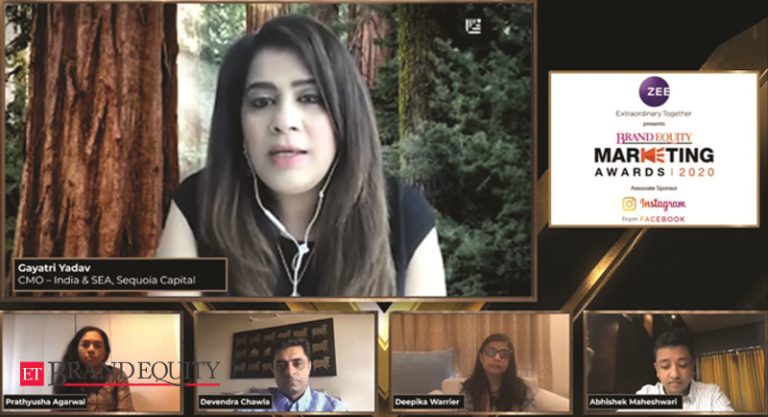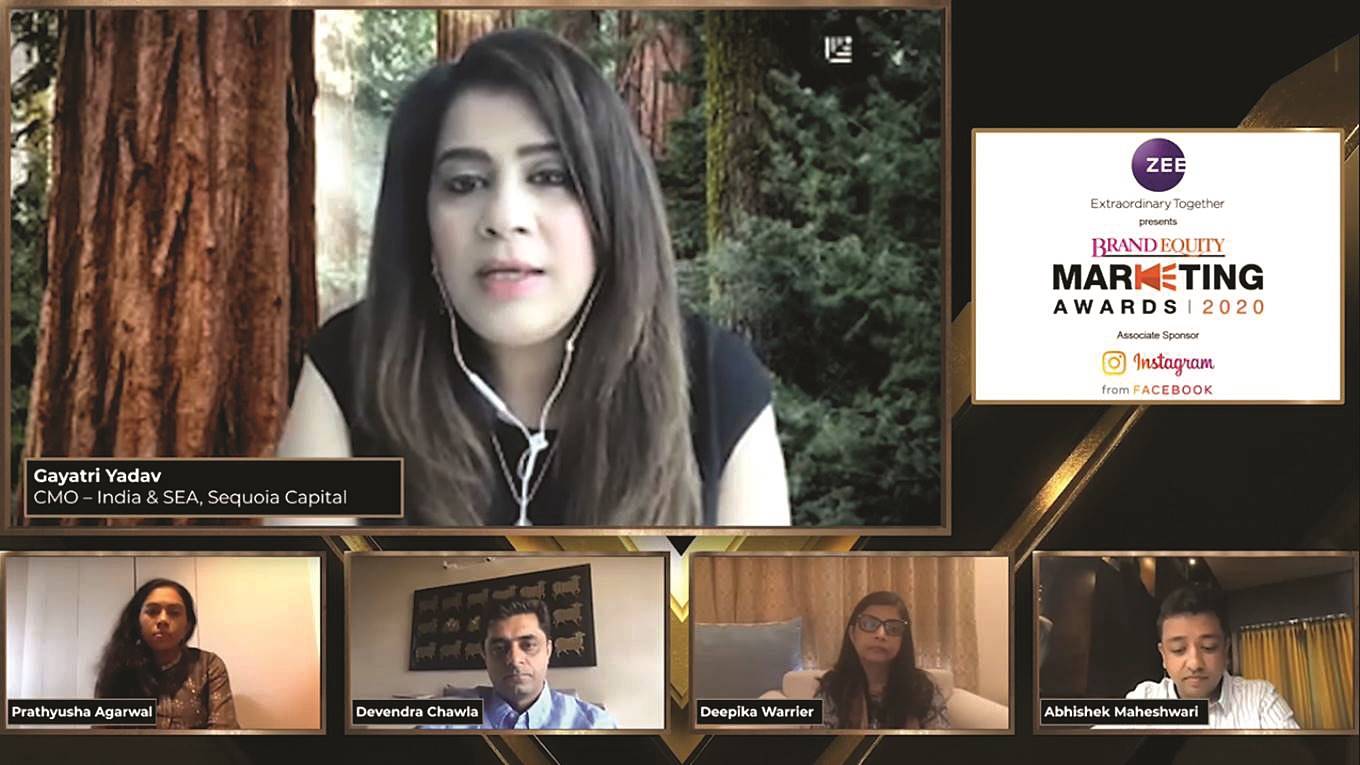
[ad_1]
 Edited excerpts.
Edited excerpts.Gayatri Yadav, Chief Marketing Officer – India & SEA, Sequoia Capital (Session Chair): What does it take to build legendary brands in India? On one hand, there is a set of products being created for India 1 and on the other there is an explosion of demand in Bharat. How are brands succeeding in a unique and diverse nation where metropolitan India and Bharat co-exist? What model does it take to succeed?Devendra Chawla, Chief Executive Officer, Spencer’s Retail & Nature’s Basket: Over the years, the divide in aspirations between India 1 and Bharat has been narrowing. Digital is helping in bridging this gap. Today, consumers from small towns and villages want the same brands as the urbanites, but in a more affordable way. The basic tenets of brand building remain the same. You need a unique Story. You need robust consumer strategies. And you need to have seamless systems focused on impeccable execution. These days, the core of building brands is leveraging technology at its best.
I think the age-old marketing terminology of CVP – Customer Value Proposition, has more meaning today than ever before.
Abhishek Maheshwari, President – International Business, Byju’s: When we look at top global brands lists, India is a glaring miss. I firmly believe that is going to change in the next few years. Today, businesses built in India are a lot more fearless. Also, technology not only bridges the gap between India 1 and Bharat, but also between India and the rest of the world. We have the same set of opportunities to go global.
If you ask me if the same value proposition works for the whole of India, I would say in some segments it does and in others, it doesn’t. For instance, in education, demand and aspiration are broad-based. It’s a big aspirational lever category. Hence, we as a brand have a greater opportunity to become a pan-India brand. In fact, two-third of our business comes from outside of the top 8-9 cities.
Prathyusha Agarwal, Chief Consumer Officer – Domestic Broadcast Business, Zee Entertainment Enterprises: We should look at India as many Bharats. That’s the fundamental shift we as marketers should make. It’s not about addressing consumers in different languages but also looking at them from a culture lens, and how these cultures react to different segments. Today, making annual plans is just bunkum. As marketers, we need to make plans for each of these mini-Bharats, that’s when we will unlock power and potential. It’s time for companies to focus a lot more on common universal purpose and emotions that transcend borders.
Deepika Warrier, Chief Marketing Officer, Diageo India: I look at building legendary brands from a ‘wedding cake approach’. At the bottom, brands need to set accessibility, affordability, relevance, and the growing need of affinity. On top of it has to be a layer of superior functionality. Over that has to be the factor of emotionality. Emotional benefit is timeless and underpins the positioning of the brand. Brands also need to contextualise all of this with time. The cherries on the cake are the early adopters of your brands, who later become the evangelists.
Brands need to stick to these timeless truths and interpret them in today’s context.
Yadav: How do you build globally competitive businesses and brands in the current climate? What are the lessons for Indian brands that wish to succeed in global markets?
Maheshwari: A word of caution though: In the startup world, where capital has been abundantly available, they may have gone to the other extreme. You should have the right reasons to go global. You cannot go global without having a strong base, unit economics and business. You can’t solve problems in India by going global. That’s the fundamental truth. A lot of companies in the new world forget that at points in time. That kind of failure is not going to do well for the ecosystem.
Chawla: The digital revolution has helped unlock many new brands in India. Earlier, gaining consumers attention and moving the needle on key behavioural metrics was a costly affair and often beyond the budgets and marketing capabilities of smaller brands.
Today, however, brands are able to provide innovative solutions and communicate with consumers at great speed and scale.
In my opinion, the ‘solution’ is the new product, which emerging brands are focusing on by keeping the consumers at the centre. And I believe that one of the classic ‘Ps’ of marketing – ‘Place’ has changed to ‘Platform’ today.
Agarwal: Fundamentally, I see three unlocks. First, I don’t think Indian brands tell their stories well enough. The narrative rarely focuses on global business success stories. Second is building products that are at par with global standards. And third, we need to have scalable systems. On top of these three factors I would add that we need to bring more attitude and spirit into the business ecosystem.
Warrier: For an Indian brand to go global, it needs to identify strengths that are unique and build quality products accordingly. Indian companies should work on creating IP. And I believe the provenance story is important. When I look at the alcobev industry and the number of Indian gin entrepreneurs who are taking their stories global, it is fascinating. In the UK, the India provenance story is prominently told even though the brand is as British as they come. My key piece of advice for marketers and brand builders today, whether you are building for India or for the world, would be to be consistent in positioning and purpose, with contextual tweaks.
Brand Equity Marketing Awards 2020: The Winners
[ad_2]
Source link
